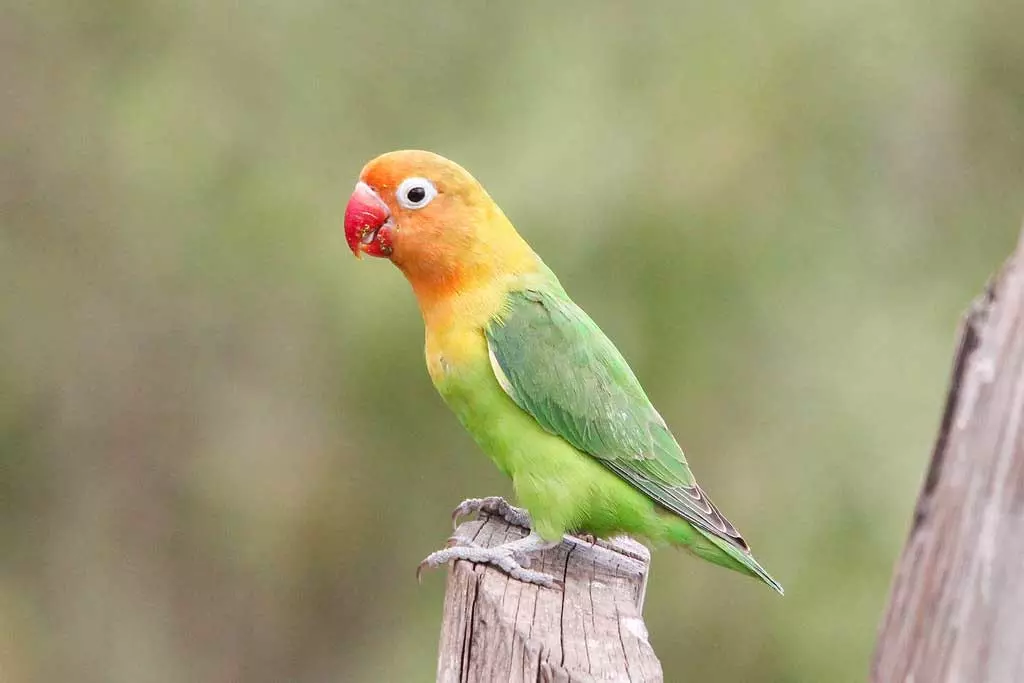
Fischer’s lovebird (Agapornis fischeri) is a small and colorful parrot species native to north central Tanzania. These curious birds have captured the hearts of bird lovers worldwide, both in the wild and as pets. Their vibrant plumage, social nature, and strong bonds with their mates make them a fascinating subject for researchers, bird breeders, and pet owners alike. This article will delve into the captivating world of Fischer’s lovebirds, discussing their natural habitat, physical characteristics, behavior, and the impact of the pet trade on their wild populations.
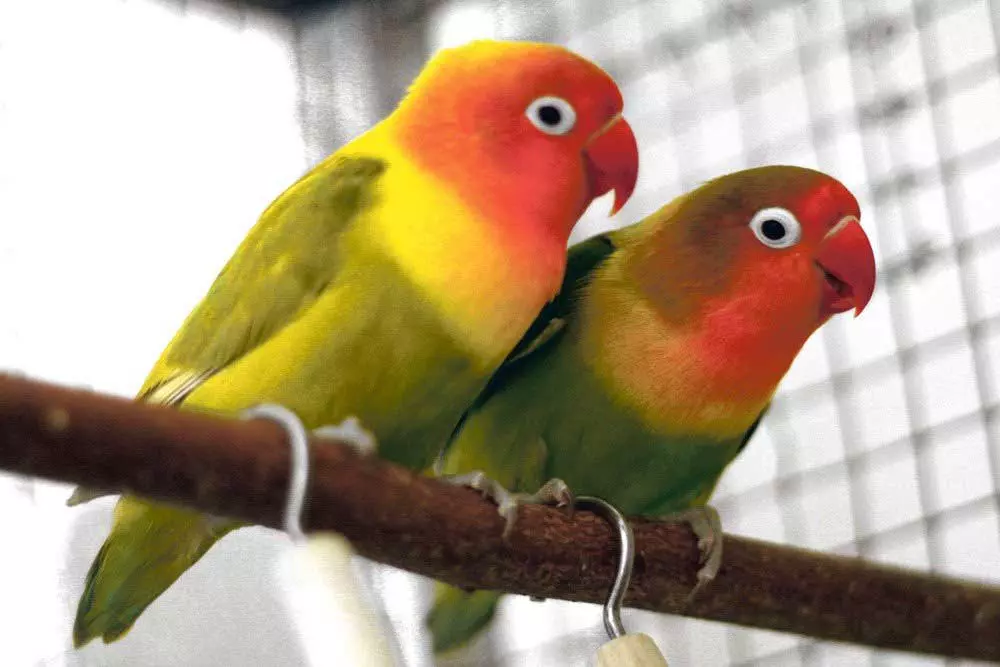
Background
Naming & Discovery
Fischer’s lovebird was named in honor of Gustav Fischer, a German explorer who first documented the species during his travels in Central Africa. It was originally discovered in the late 1800s and has since become one of the most commonly traded bird species in the world.
Classification
Fischer’s lovebird, also known as Agapornis fischeri, belongs to the Psittacidae genus within the Aves order of the Psittaciformes family. It is one of nine recognized lovebird species, closely related to the peach-faced lovebird and yellow-collared lovebird.
Distribution & Habitat
Agapornis fischeri are native to the woodlands and scrub forests of north central Tanzania, particularly around the Serengeti and Tarangire National Parks. They can also be found in cultivated areas and agricultural areas near water holes. In the wild, they are known to live in small flocks, foraging for food and water together. Some feral populations have also been established in other parts of the world due to the pet trade.
Lifespan
Fischer’s lovebirds live for around 10 to 15 years when kept in captivity, provided they receive proper care, nutrition, and attention. As one of the most fascinating bird in the world, their lifespan in the wild may be shorter due to factors such as predation, diseases, and habitat loss. Lovebirds love interacting with their owners and need regular veterinary checkups and a well-balanced diet to promote a long, healthy life.
Please note that individual lifespans may vary depending on factors such as genetics, overall health, and living conditions. Also, it’s essential to consider the compatibility of Fischer’s lovebirds with other birds and other animals in a household to ensure their well-being.
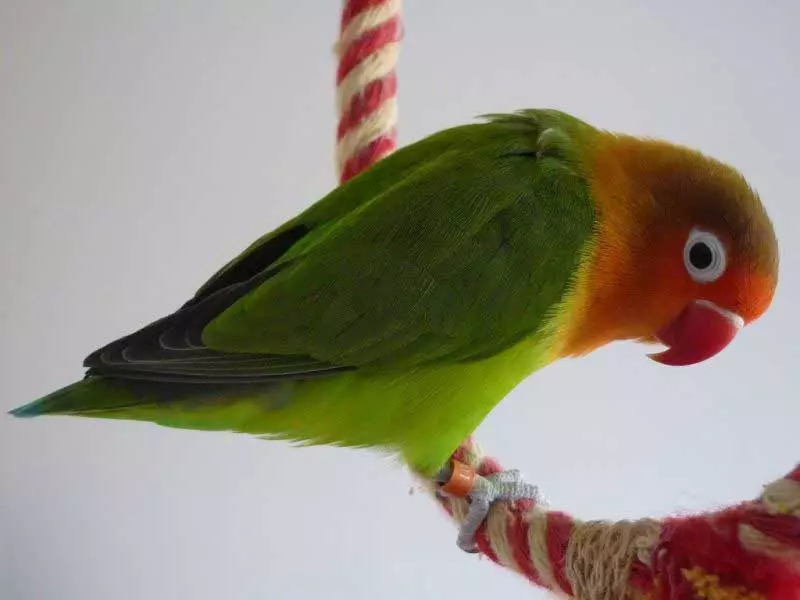
Physical Characteristics
Size & Appearance
Fischer’s lovebirds are small parrots, measuring between 5 and 6 inches (12-15 cm) in length and weighing around 1.6 to 2.2 ounces (45-63 grams). They have a short, blunt tail, a red beak, and zygodactyl feet – two toes pointing forward and two pointing backward – that help them with climbing and perching on branches.
Color Variations
Agapornis fischeri are known for their striking and colorful plumage. They have a bright orange face and golden yellow neck, a green back and blue wings. Their tail is adorned with green, blue, and brown markings. A distinctive white ring surrounds their eyes, which stands out against the bare skin and vibrant eye ring of their face. The olive green color on their body and the reddish-brown color on their legs further add to their charm.
Sexual Dimorphism
Fischer’s lovebirds display very little sexual dimorphism, meaning that males and females look almost identical. However, males tend to have slightly larger bodies and beaks than females, but the differences are subtle and can be challenging to discern.

Behavior & Ecology of Fischer’s lovebird
Social Habits
Fischer’s lovebirds are highly social animals, forming strong bonds with their mates and living in small flocks. These small flocks often consist of family units and can include anywhere from a few to several dozen individuals. They are known for their affectionate behavior towards their mates, often seen preening and feeding each other, which is why they are aptly named “lovebirds.”
Breeding & Reproduction
Agapornis fischeri are monogamous and are known to mate for life. The breeding season typically occurs between January and April, with pairs constructing nests in tree cavities or crevices in rocks. The female lays a clutch of 3-8 eggs, then the female incubates them for about 22 days. During this time, the males feed the females, ensuring their well-being and the success of the eggs. Once the eggs hatch, both parents feed the hatchlings until they fledge at around 5-6 weeks of age.
Feeding & Diet
In the wild, Fischer’s lovebirds primarily consume seeds, fruits, and small figs. They are also known to eat grass, flowers, and the bark of trees. In captivity, their diet consists of a high-quality seed mix, fresh fruits and vegetables, and occasional treats like millet.
Natural Predators & Threats
In their natural habitat, Fischer’s lovebirds face several predators, such as the Lanner Falcon and various snake species. Additionally, human activities, such as habitat destruction and trapping for the pet trade, have significantly impacted their populations.
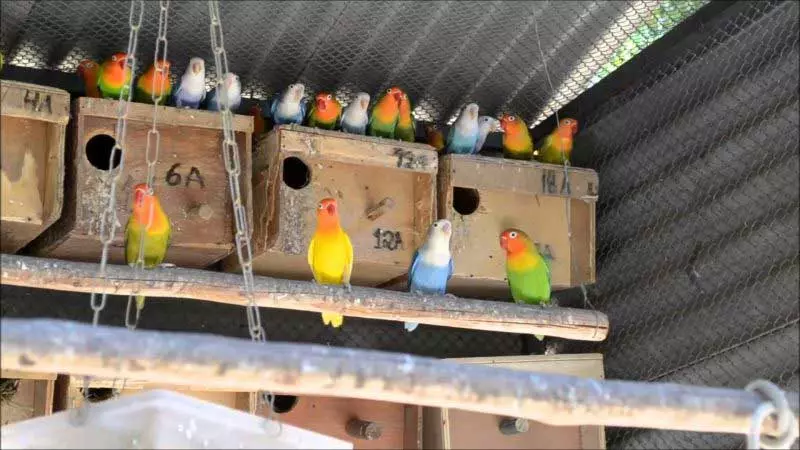
Fischer’s Lovebird as Pets
Housing & Cage Requirements
Fischer’s lovebirds thrive in spacious cages that allow them to move around, stretch their wings, and engage in natural behaviors like climbing and perching. A cage should be at least 24 x 24 x 24 inches (60 x 60 x 60 cm) in size and equipped with various perches, toys, and hiding places to keep the birds entertained and mentally stimulated.
Diet & Nutrition
As pets, Fischer’s lovebirds require a well-balanced diet consisting of a high-quality seed mix, fresh fruits, vegetables, and occasional treats like millet. It is essential to provide clean, fresh water daily and monitor their food intake to ensure their physical health.
Health & Wellness
Fischer’s lovebirds are relatively hardy birds, but they can suffer from common health issues like feather plucking, egg binding, and respiratory infections. Regular check-ups with an avian veterinarian are essential to ensure the birds remain in good health.
Social Interaction & Bonding
A Fischer’s lovebird craves social interaction and require daily attention and bonding time with their human caregivers. A Fischer’s lovebird can become very attached to its owners and may even learn a few words and mimic simple sounds. However, they do not possess the talking ability of larger parrots.
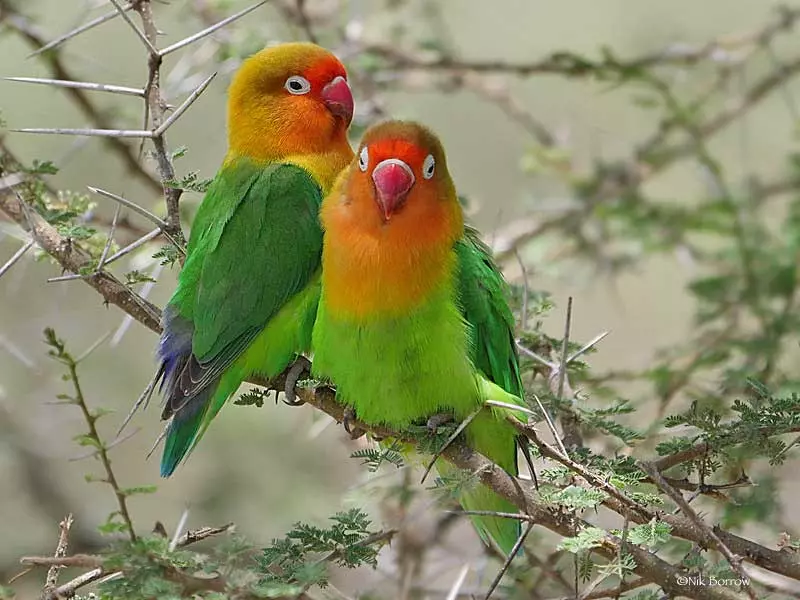
Conservation & Threats of Fischer’s lovebird
Status in the Wild
Fischer’s lovebird (Agapornis fischeri) is classified as Near Threatened on the IUCN Red List. This status is mainly due to habitat loss and degradation, as well as trapping for the pet trade. The African Wildlife Foundation and BirdLife International are among the organizations working to protect and conserve this species and its habitat.
Feral Populations
Feral populations of Fischer’s lovebirds have been established in several countries, including the United States, where they have been observed in areas like the Oakland Zoo in California. These feral populations are the result of escaped or released pet lovebirds adapting to their new environment and breeding successfully.
Legal Protection & Trade Regulations
n response to the decline in Fischer’s lovebird populations, a commonly traded wild bird of the genus Agapornis, several countries have implemented legal protections and trade regulations to help conserve this species and protect native populations. For example, Tanzania has banned the export of wild-caught Fischer’s lovebirds, and international trade is regulated under CITES (Convention on International Trade in Endangered Species of Wild Fauna and Flora). These measures also impact the availability of Fischer’s lovebirds and other lovebirds in pet stores as they encourage responsible sourcing and discourage the trade of these small parrots alongside other pets.
Fun Facts about Fischer’s Lovebird
- Fischer’s lovebird is named after German explorer Gustav Fischer, who originally discovered the species in the late 19th century.
- In the wild, Fischer’s lovebirds have been known to nest in trees, rocks, and even on the ground.
- These birds are heavy drinkers, often visiting water holes multiple times a day, especially during hot days.
- Fischer’s lovebirds are cavity nesters, which means they build their nests inside tree cavities or other natural hollows.
- Although not as proficient as some larger parrots, Fischer’s lovebirds have been known to learn a few words and mimic simple sounds.
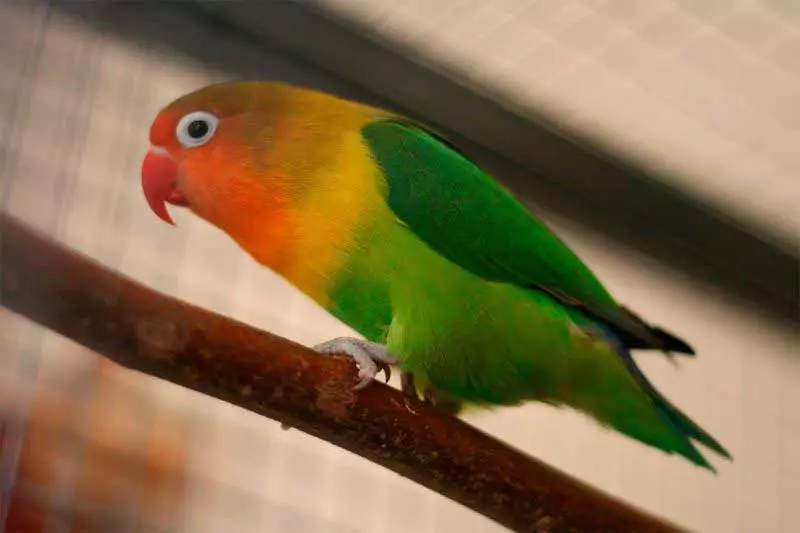
Conclusion
Fischer’s lovebirds, with their vibrant colors and affectionate behavior, are a fascinating species that has captured the hearts of bird enthusiasts worldwide. However, these birds face significant challenges in the wild, such as habitat loss and trapping for the pet trade. By supporting conservation efforts and responsible pet ownership, we can help ensure the survival of this beautiful and captivating species for future generations to enjoy.
